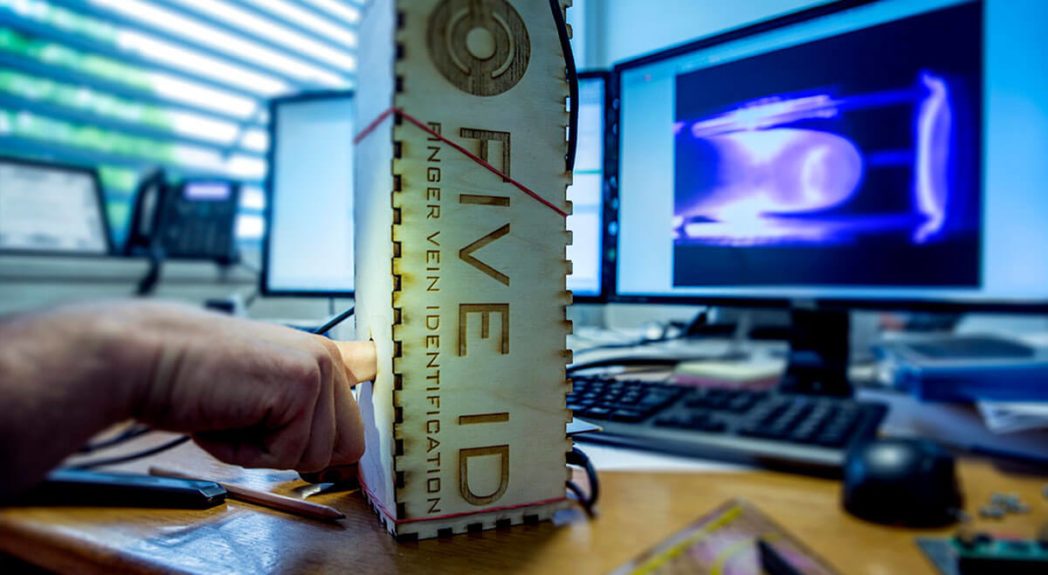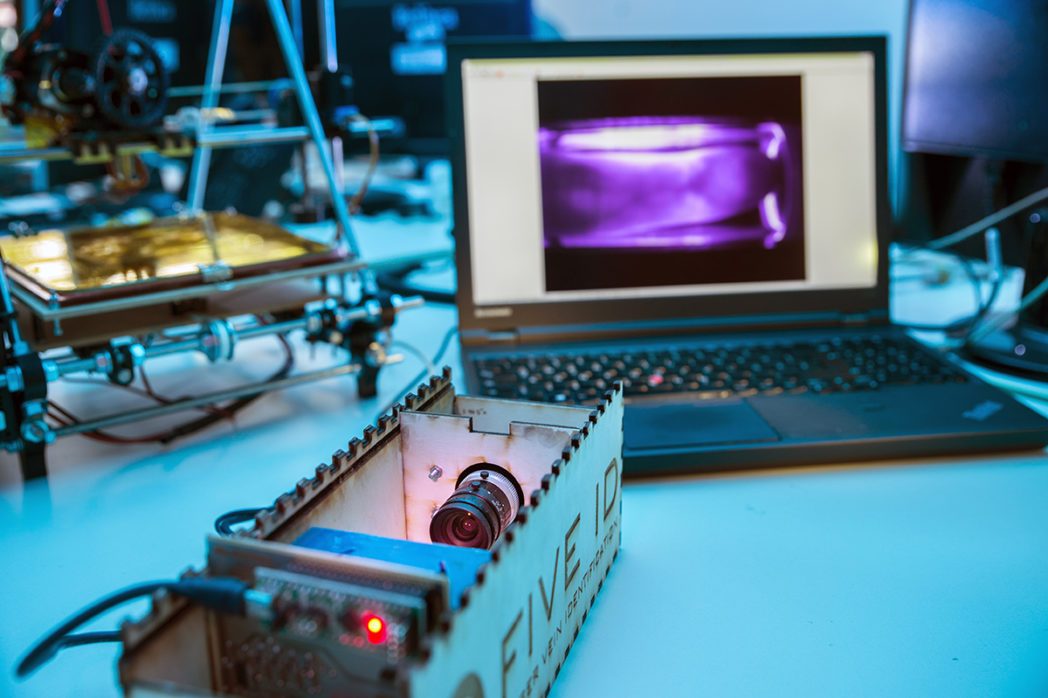
Vascular biometrics is an important aspect of the security research conducted by Andreas Uhl, Deputy Head of the Computer Science Department and Director of the Multimedia Signal Processing and Security Lab at the University of Salzburg. Alongside his team and more than 12 partner institutions from the United Kingdom, Germany, Poland, and France, he is working on biometric modalities in border control as part of the EU project PROTECT. Uhl leads the area of vein and security technology, contributing to the field of iris biometrics.

ATMs with Vein Recognition
Unlike fingerprints, vein-based biometric traits are less susceptible to environmental influences, making them more robust and less easily forged. Tests have shown that common smartphone fingerprint sensors can be cracked within two weeks. Even the traditional ATM PIN is considered insecure. “Credit card institutions accept the low level of security as long as the damage is not too high,” says Uhl. In Japan, vein-based biometric authentication is already used in ATMs, and the bank Barclays in the UK uses it for home banking. However, biometric security technology is still in its infancy. “We don’t know much yet. There are few independent studies on the robustness in cold and other challenging recording conditions,” says Uhl. The computer scientist is researching how such technology would fare in the Austrian banking environment in a project with social scientists. “We are examining how a biometric security feature would be received by the population instead of a PIN code,” says the expert.
ATMs would need to be equipped with corresponding modules, and bank customers would have to store their personal traits. One important aspect is the protection of biometric traits against theft because “if a database containing biometric traits is stolen, legitimate users cannot prevent their traits from being used.” In case of loss, the trait would be lost and cannot be changed like a password. However, there are technologies that can store altered traits. “In these systems, the traits are combined with a key in the form of a PIN code. In the event of data loss, the keys used are changed, rendering the lost data worthless. For me, this is the key to secure biometric usage.”
This might also interest you
11. November 2025
Eleven Million Euros for Five New Research Centers
Salzburg is investing in research: around eleven million euros from EU and state funds will go toward establishing five new research and transfer centers. They cover key future-oriented topics: artificial intelligence, climate protection, health, tourism, and data security.
24. October 2025
Christian Doppler Laboratory unites Artificial Intelligence and Image Processing in Salzburg
Salzburg is strengthening its cutting-edge research: In the new Christian Doppler Laboratory for the Authentication of Persons and Object Surfaces, innovative solutions for enhanced security are being developed by combining artificial intelligence and image processing. These solutions are created in close collaboration between science and industry.
6. March 2025
salz21: Necessary Steps for the Future
On March 5, 2025, salz21 | Home of Innovation once again provided a platform for future topics, innovations, and interdisciplinary exchange. More than 1,000 visitors took the opportunity to learn about current developments and discuss perspectives for tomorrow. Three topics were particularly dominant: climate protection, artificial intelligence, and a strong Europe.
20. September 2024
15 Million Euros for Salzburg’s Life Sciences Future
The federal government and the Province of Salzburg are jointly investing in research, education and medical innovation. The new Life Sciences Masterplan strengthens cooperation between University of Salzburg, Paracelsus Medical University and Salzburg University Hospital, focusing on cancer research, neuroscience and regenerative medicine.